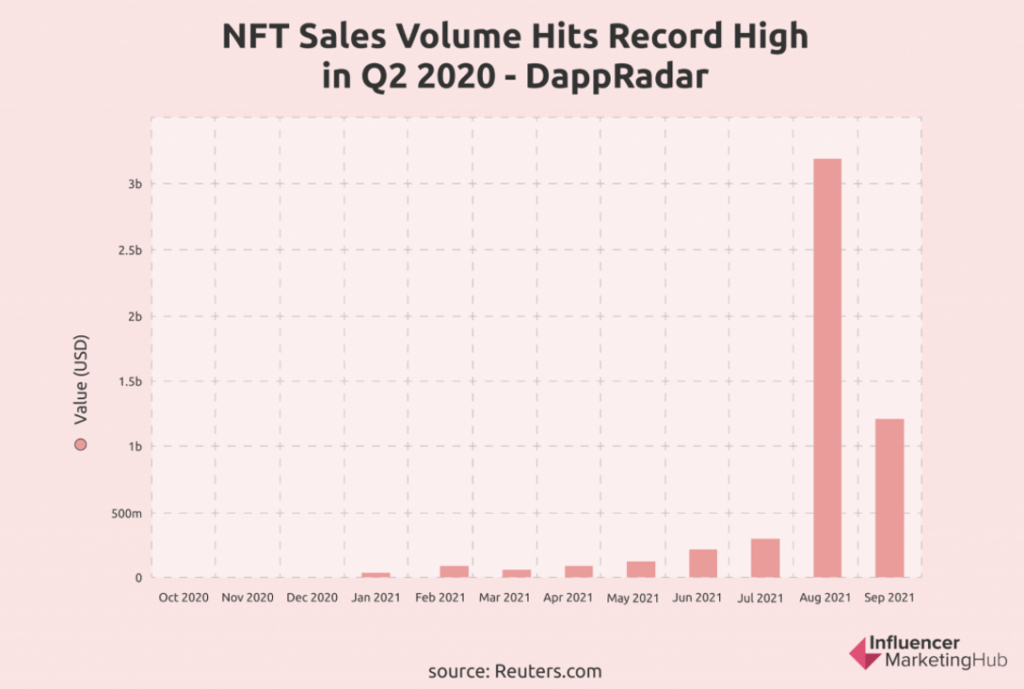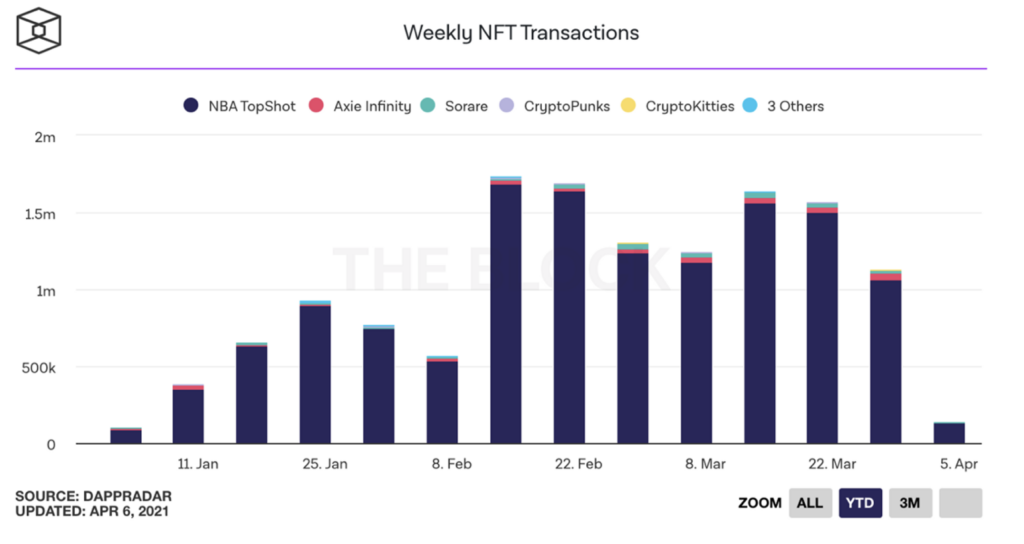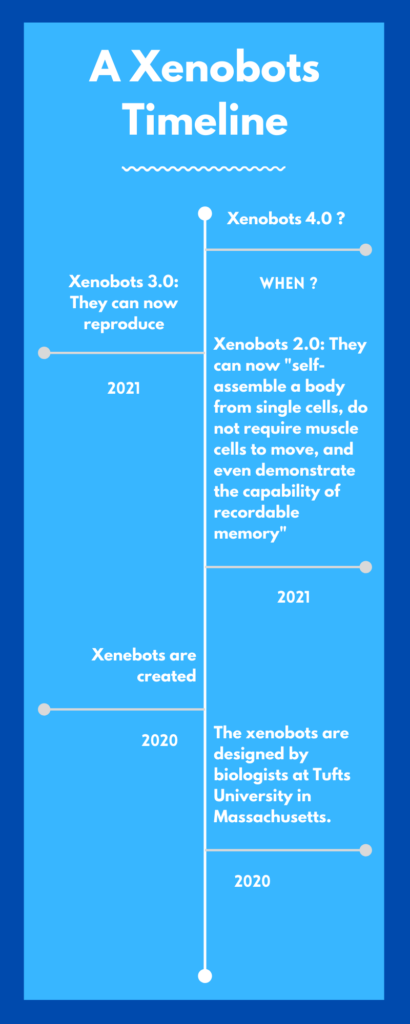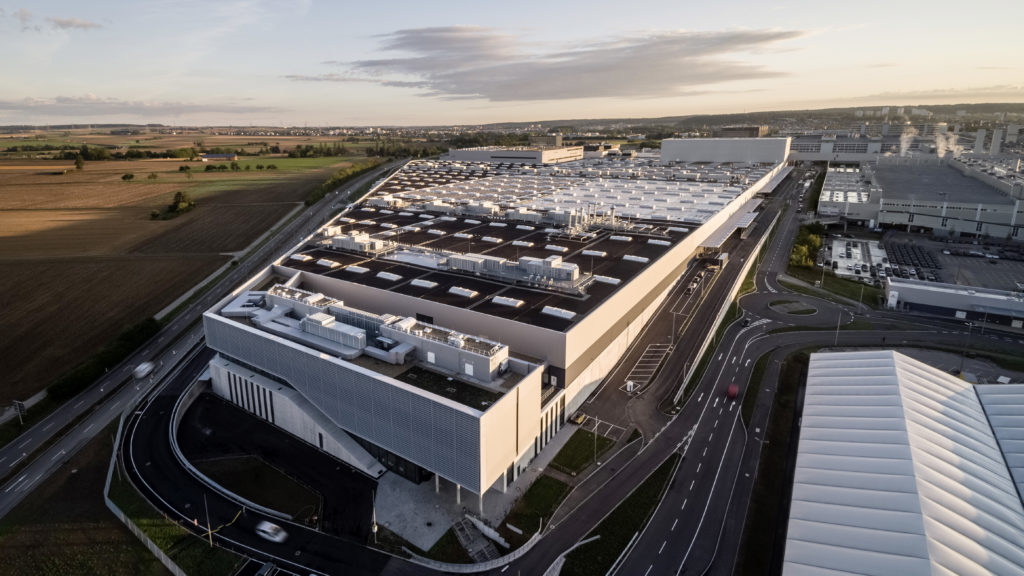
The breakneck pace of technological advancements is causing a domino effect on change, impacting more than just technology itself. This evolving landscape forces IT professionals to acknowledge that their roles will fundamentally shift in a post-contactless world. To thrive in this new reality, continuous learning, unlearning, and relearning will become essential, not just a personal choice, but a necessity for IT professionals navigating the future.
Generative AI
It may seem obvious to start with generative artificial intelligence, but it has become arguably the most influential technology.
We may see a focus on democratizing knowledge and training across different business roles and functions, as well as technical.
Gartner predicts that “by 2026, more than 80% of enterprises will have used Generative AI APIs and models and/or deployed GenAI-enabled applications in production environments, compared to less than 5% in 2023″. This eye-catching figure will help bring new products to market faster, increase business efficiency and productivity, hyper-personalization, and the most advanced technology available today, within everyone’s reach.
Cybersecurity as a central pillar
Cyber attacks have become a major concern for businesses in recent years. As a result, cyber security is no longer just another priority but an absolute necessity.
IT leaders must adopt a pragmatic and systemic approach to adjust cybersecurity optimization priorities continuously. This is best achieved through basic steps such as using encrypted services, training and raising employee awareness, conducting pentesting tests, creating and updating protocols and software, and validating compliance and governance….
Finally, adopt a Zero Trust approach, a model that assumes potential data breaches and verifies each request as if it came from an uncontrolled network. Thus, each access request is strongly authenticated, authorized within the constraints of the policy, and inspected for anomalies.
“Figital” convergence and Digital Twins
It is a novel concept that refers to the space created where the real and digital worlds converge. The two are increasingly intertwined, and technologies such as augmented reality, virtual reality, and immersive experiences are breaking down the blurred line between the two.
Closely linked to the digital twins, we are witnessing a moment where the digital is becoming more realistic and the real much more flexible and malleable. This technology allows us to change the components we want in the digital world until they are optimized and achieve their best version in the real world.
It is a trend that will accelerate new digital skills in all kinds of jobs, as well as refine business processes, improve efficiency and save exponentially on costs.
Quantum Computing
It is a form of computing that takes advantage of quantum phenomena such as superposition and entanglement. It is a technology that has the potential to optimize investment strategies and encryption or discover new products in unseen timeframes.
The significant differentiating factor of this trend is that quantum computers are much, much faster than regular computers, which is why large companies such as Microsoft, AWS, and Google are putting a lot of effort into innovating in this field. In fact, their global market revenues are expected to exceed 2.5 billion dollars by 2029.
Green Tech
We are in a time of environmental crisis, and technology is one of the keys to helping create an ecological and social rights balance.
Governments and organizations commit to zero emissions agreements and sustainable technologies to prevent, mitigate, and adapt to environmental risks. Indeed, they improve human rights outcomes, well-being, or prosperity, as well as enhance business conduct, capacity building, or overall performance.
A greener and more sustainable future can be created without sacrificing efficiency and business growth thanks to new technologies such as AI, blockchain, cloud computing, extended reality, robotics, and many others.
Platform Engineering
It is the discipline of creating and managing internal self-service platforms. That is, each platform is a layer created and maintained by a dedicated product team designed to meet user needs by interfacing with tools and processes.
It is a practice that optimizes the developer experience and accelerates the delivery of business value. It reduces cognitive load by improving developer experience and productivity, enhancing their ability to run, manage, and develop their applications, improving talent retention, and ensuring reliability and security.
Smarter applications
With the advent of generative AI, enterprise apps are going one step further, becoming much smarter and transforming the experience for customers, users, product owners, and developers.
By incorporating data from transactions and external sources, intelligent applications bring insights into the applications that business users already use, and through AI, they add predictions or recommendations, allowing applications to be tailored to the user, resulting in better outcomes and data-driven decision-making.
Sources:

















